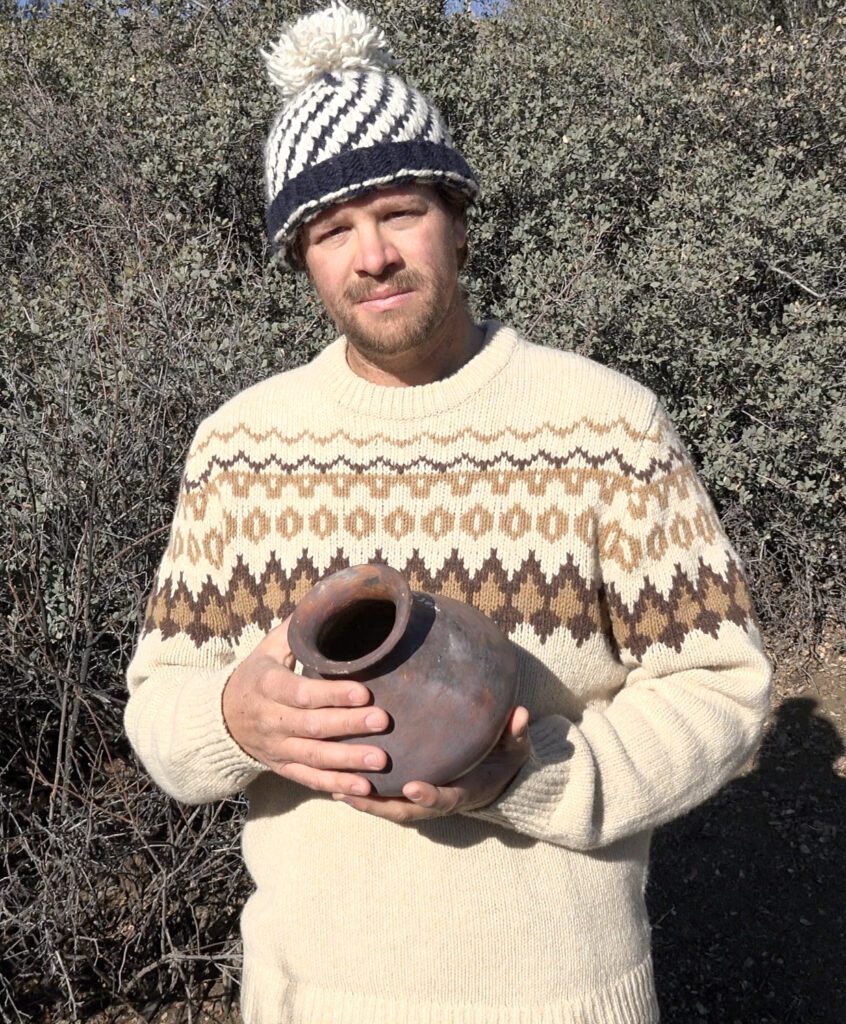Disease, Power, and Ceramics in Prehistory
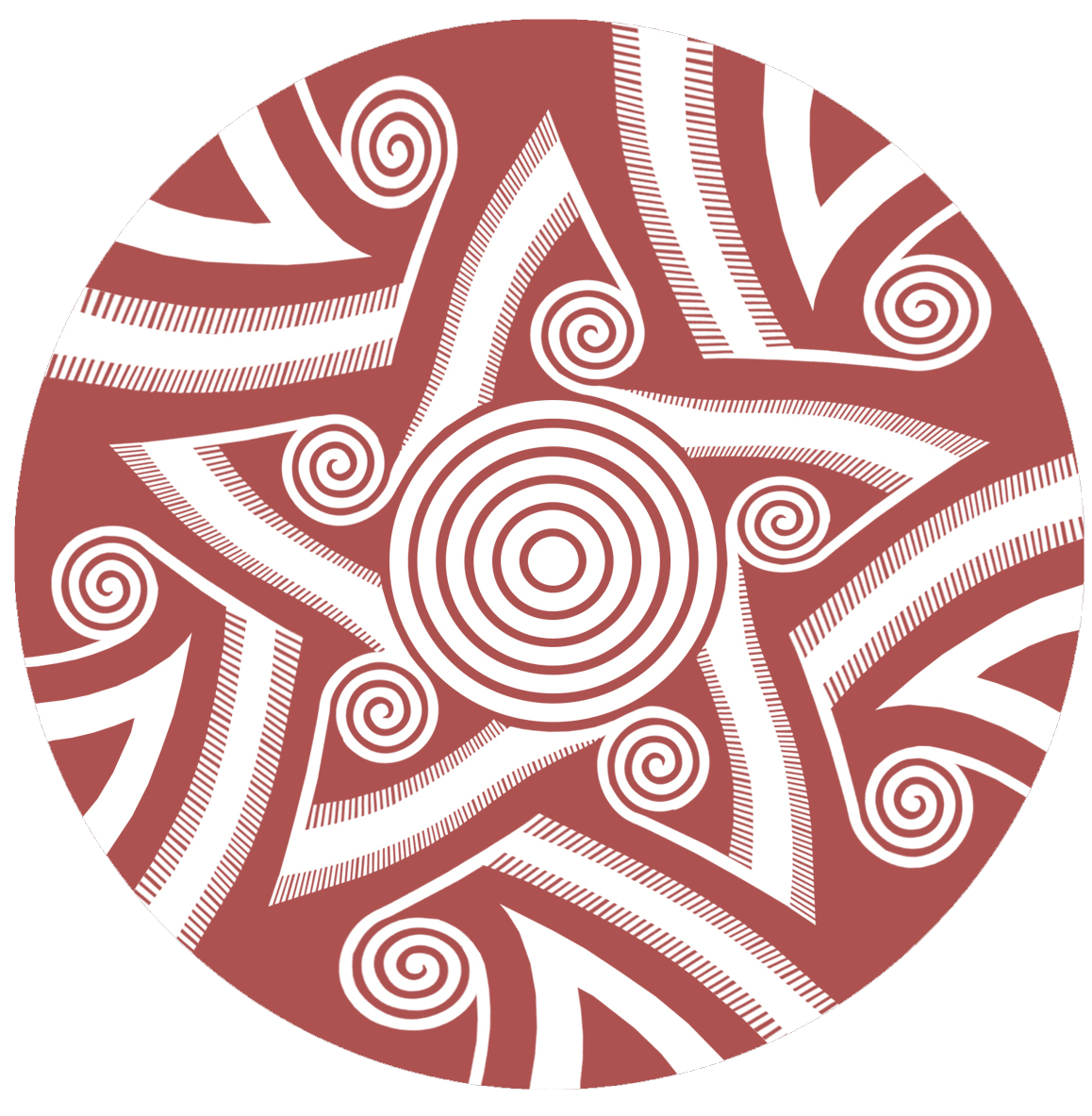
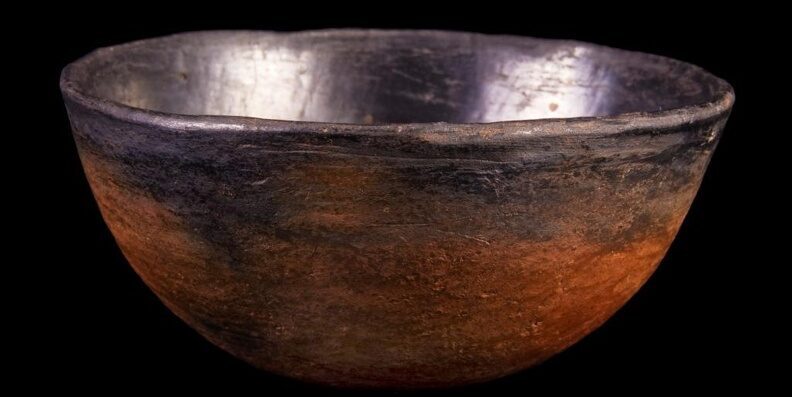
If the Covid-19 pandemic taught us anything, it becomes apparent that different people handle the threats of infectious disease differently. When the pandemic first began, my studies in anthropology influenced the way I observed the general population around me. In the beginning of the pandemic, I noticed the population around me resisted the use of masks and CDC recommended safety protocols. This was likely due to the unknown severity factors which played a leading role during the peak of the pandemic. As time went by and medical professionals released new data on how deadly Covid can be to vulnerable populations, a large portion of American people quickly implemented CDC recommendations by wearing face masks and increasing sanitary practices with the collective goal of trying to stop the spread. When analyzing the data on how many people were infected with Covid, we can make the argument that face masks did not make a large impact in slowing the spread of the virus. However, a large portion of the American population were still uncertain about a new virus and did what was recommended to protect vulnerable people around us.
Anthropology and archaeology often makes the argument that prehistoric people were not too far different than us in modernity. The basic need and desire for shelter, food, water, and community well-being are not just desires. Rather, these necessities play a major role in our psychological and physiological health. The mere uncertainty of water and food stability can create extreme anxiety amongst populations, and as history has shown civilizations can completely collapse from these social pressures. Furthermore, social collapse can and has occurred with community diseases, epidemics, and global pandemics. In Prehistory many civilizations who adopted social stratification would turn to higher more divine answers when faced with environmental challenges.
Prehistoric civilizations across the American Southwest have always relied upon elite groups of people and individuals to keep the world around them balanced. A healthy equilibrium would consist of the ability to communicate with deities to bring fertility to the landscape, which keeps commoners in a community fed and productive members of society. When drought, floods, and other environmental disturbances reached civilizations such as the Puebloan and Hohokam cultural groups, skeletal and bio-archaeological data show commoners became severely malnourished and weakened. Undoubtedly instability caused commoners who searching for answers eventually rebelled and stoked violence against elites and priests who held power. At that moment social stabilization became inequitable as their civilization began to collapse.
In Chaco Canyon the assumption of power became far too oppressive, which may have caused commoners (who paid taxes in maize contribution) to rebel against the hierarchical power structure. Stories of a gambler who held power would intoxicate his subjects and cause common people to lose games. Gambling games would become so addictive that opponents of the gambler could have bet their personal belongings–when those were lost, they would place bet upon their children and spouses. The accumulation of power amongst the gambler may have become so oppressive that it eventually led Chaco’s demise around 1130. Dr. Steve Lekson, who has provided evidence and a strong argument for a Chacoan city state, recounts Hopi stories of elites gaining so much power that Hopi Katchina spirits told commoners to abandon the Chaco system in search for a better and more egalitarian way of life which eventually led to the peaceful traditions of Hopi people in modern times.
Although archaeology has yet to find burial evidence of elite rulership in Hohokam society, it does not mean elites are non-existent. Unfortunately, challenges in Hohokam archaeology are proven to be difficult. Hohokam material remains have been greatly affected by modern development, and is almost completely buried under concrete and asphalt in the Phoenix and Tuscon metropolitan areas. The other challenge we face in Hohokam archaeology becomes evident in early burial practices. Almost all burials during the pre-classic period are in the form of cremations which make it difficult to measure wealth and high status. Unlike inhumations the context of crematory practices creates more questions than answers. However, the majority of archaeologists in Arizona understand that elites most likely served a critical role in their civilization. How can they not? The argument in favor of elite rulership is presented by the following: 77,000 acres of irrigation canals, a highly organized economic structure in ceramic and jewelry production sites, the control of water flow head-gates in the Salt and Gila Rivers, enclosed and elevated platform mounds with temples on top, and stories from descendant communities.
Much like Navajo and Hopi stories of the Chacoan system, oral traditions amongst O’odham people tell stories of Hohokam elites gaining too much power. When elite power became extremely oppressive and corrupt, Hohokam commoners rose up and killed rulers. The question becomes, Did people rebel because of power alone? The short answer is not likely. During the Classic Period, archaeology finds the Phoenix Valley was the heaviest populated in the entire American Southwest. With a higher population elites face more pressure to keep local epidemics from happening and land fertility in high continuation. This did not happen. As briefly mentioned above, Classic Period burial evidence shows severe malnourishment amongst a high portion of individuals. Starvation transpired and surely commoners blamed elite members of their societal structure for local problems.
When malnourishment is high in local populations the immune system becomes weakened–making it much more likely for disease to spread through a population. So what evidence do we have for disease in prehistory–specifically in Arizona? Diseases and epidemics in a bio-archaeological context is not an easy task and becomes very hard to identify. Some infectious diseases such as syphilis, tuberculosis, and leprosy can be identified by pitting in the skeletal structure. However, viral infections and plagues do not affect the skeleton at all. Simply put these type of diseases kill quickly and do not have enough time to leave marks on victim’s bones. Because of the difficulty and lack of diagnostic chariterstics in viral infections, there are alternative clues we have to look for. At Pueblo Pato in the Agua Fria National Monument, early explorers and amateur archaeologists have described burial contexts of, “bodies being stacked like court-wood” in mass graves. If indeed this is correct, we must ask if separating a large population in mass burials is evidence of an epidemic. During this time period, populations at Agua Fria were very high and disease could have been ripe for spreading fast.
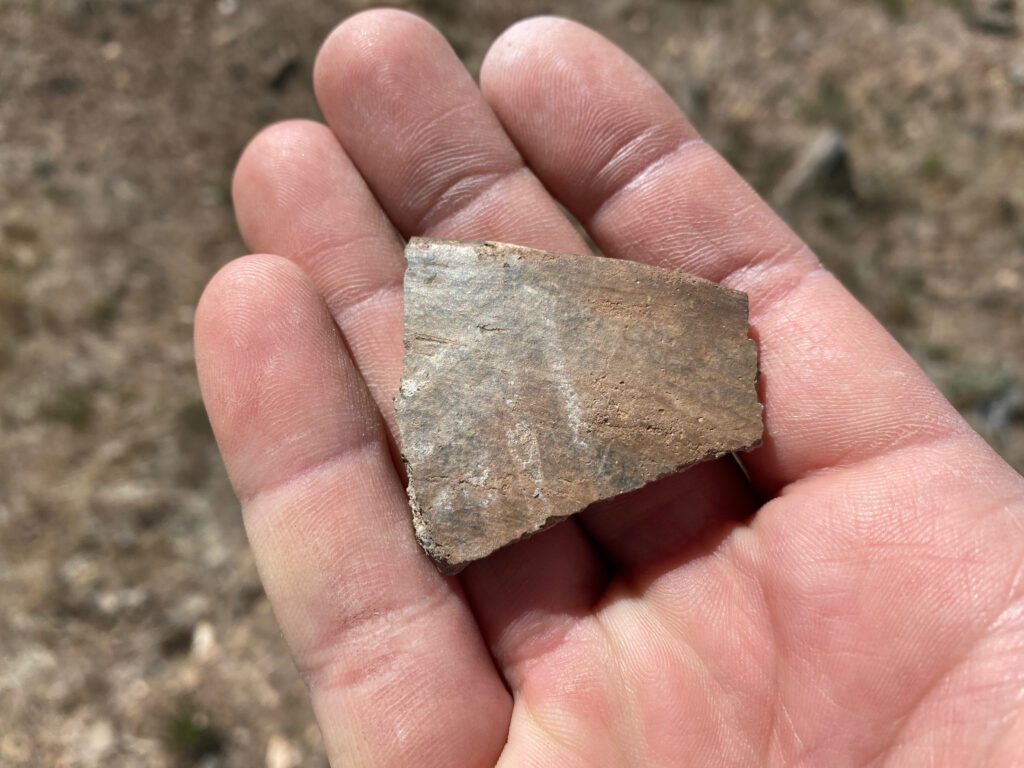
I have argued that ceramic data can provide clues into how people conducted their lives and why they made pots a certain way. Around 1300 In high populated sites across Central and Southern Arizona, the appearance of highly polished and smudged vessels makes a strong appearance in the archaeological record. Ceramic vessels such as Tuzigoot and Salt Red exhibit a highly polished interior and exterior which is often deeply smudged on the inside of the vessel. By polishing the surface of a clay vessel before firing it does not add strength to its structure–actually quite the opposite occurs. Depending on the amount of polish present on the vessel, small surface cracks can form by pushing the temper further away from the surface and deeper into the center of the pot. Polishing a pot simply pushes fresh clay to the surface and clogs pores which are naturally formed by the temper in the clay.
By using critical experimental archaeological methods I have noticed that porous ceramic vessels can create and induce more bacteria from foods and liquid. A less porous pot on the other hand will reduce the amount of bacteria that can grow in the vessel walls. If indeed some proposals are correct regarding cultural collapse occurring through the spread of disease, then highly polished pots could have been produced as a cautionary method of preventing the spread of disease. Cultures facing disease might have questioned if community members were becoming sick from the foods they consumed or from the vessels themselves. As speculation became more common within communities, and the search for answers hit a level of desperation, the demand for different utilitarian technologies increased while people simotaniously turned towards elites for answers. With the absence of modern scientific methods and technologies in prehistory, cultures and individuals faced with disease may have turned to external trade networks and specialists who produced polished pots inside of a larger regional economic system that we are still examining in modernity. We know however, if disease was spread through viral transmission, ceramic technology of any type wouldn’t help prevent communal spread.
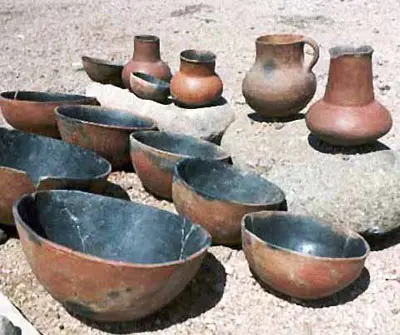
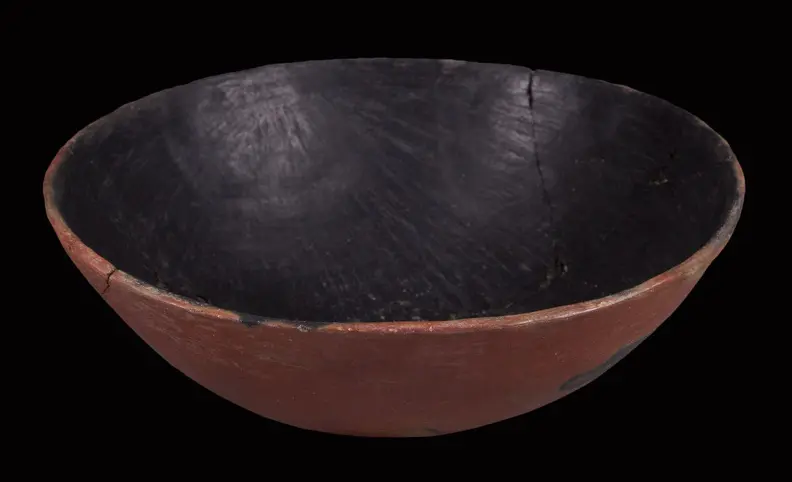
The hypothesis I just presented is quite speculative and will raise spark debate. Highly polished and smudged pots may have simply been used as a utilitarian ware–after all they don’t just randomly appear in the archaeological record. These wares were manufactured and traded (in less frequent numbers) in earlier traditions, specifically amongst the Hohokam and Sinagua groups. Furthermore, late phase large sites with high concentrations of ceramic data show a fairly even distribution of polished and non-polished wares. My questions go right back to the previous paragraph. Were polished pots used by a specific group of people as a sequence that was thought to prevent or slow the spread of disease? Or were they used purely as a utilitarian ware? In search of an answer to these questions, I used experimental archaeological methods and made recreations of plain and polished pots from local clay types that match what is found in the archaeological record.
During my experimentations with porous and polished pots, I noticed all polished pots from different clay types hold heat better and cook meals over hot coals much faster than the porous wares where more air can circulate. Polished pots also fire harder and can liquify the clay if fired too hot–especially in a reduced environment. In 2019 I decided to limit my use modern glass and porcelain dished and use polished and non-polished pots for food consumption. Staying traditional, I only used local plant material, sand, and water to clean the pot. After seven months of use the porous pots began to form a very faint and slight odor inside the vessel whereas the polished pots formed a similar odor after eleven months. When each vessel started to smell somewhat rancid it was broken and used as kiln furniture for future firings. Answering the question of disease related to vessel type is extremely challenging and will likely never have an answer. The fact is we are dealing with prehistoric civilizations that didn’t leave a writing system behind and have been gone for close to 600 years. I would also propose that people might have become adapted to bacterial growth inside vessels. The only way to find out if these vessels could have been used as a preventative technology against disease is to examine burials very carefully. Is there evidence of disease in a the skeletal structure? If so were polished pots accompanied with the individual or groups of people upon time of death and burial? As previously mentioned, viral infections do not leave marks on the skeletal structure.
Concluding this post, the Covid-19 pandemic had people searching for answers and recommendations throughout its initial spread. Prehistoric populations that were faced with localized or foreign viral and bacterial diseases would have turned towards specialists and elites. If disease affected a significant population and elites weren’t able to contain it, commoners and individuals who experienced the loss of a family member would have seen universal balance and stability shifting towards one extreme. The result would turn towards challenging and overthrowing elite rulerships who were not satisfying the gods’ needs to keep a healthy universal balance. There is still much to learn in Southwest American archaeology and antiquity. While experimental archaeology can indeed answer some questions, this method is only one part of the scientific tool kit used in archaeological data collection. With new and emerging scientific advancements, the presence of viral infection may soon become recognizable in skeletal remains recovered in archaeological contexts. Until then, my hypothesis reverts back to questions in material and bio-archaeological remains.
Photo credits with black background : Southwest Virtual Museum
Author,
Jeff Martin
